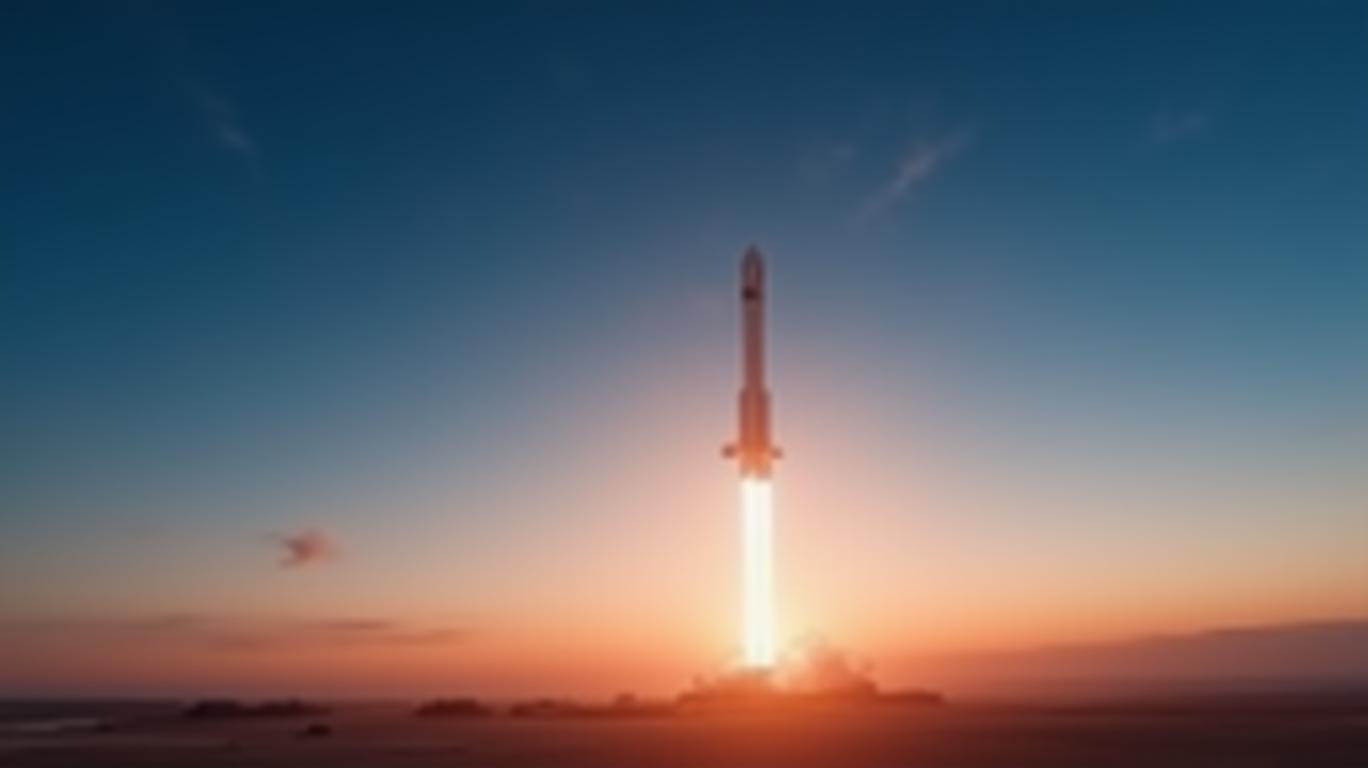Starlink's Launch Dominance: How SpaceX is Redefining Global Connectivity

In an era where connectivity is king, SpaceX's Starlink has emerged as a titan of technological ambition and operational audacity. With a launch
unmatched in history and infrastructure advantages that defy conventional economics, Starlink is not just dominating the satellite broadband market—it's rewriting the rules of global telecom. For investors, this is no longer a speculative play: it's a rare opportunity to back a $11.8 billion revenue machine with exponential growth baked into its DNA.The Rocket Factory: Launch Efficiency as a Competitive Moat
SpaceX's true genius lies in its ability to mass-produce and reuse rockets at a scale no competitor can match. In 2024, the company executed 134 orbital launches, 92% of them dedicated to Starlink. That's over two launches per week, deploying an average of 22 satellites per mission. Crucially, 94% of Falcon 9 boosters were reused, with some flying up to 24 times—a feat that slashes marginal launch costs to just $3,000/kg, versus rivals like ULA's $10,000/kg.
This data visual would show SpaceX's cost per kilogram plummeting while competitors stagnate, highlighting an unassailable advantage. With 124 Starlink-dedicated launches in 2024 alone, the constellation now totals 8,556 satellites (as of May 2025), with 7,400 actively operational. At this pace, Starlink will surpass 10,000 satellites by year-end—a milestone no other telecom provider can touch.
Infrastructure at Scale: The Starbase Revolution
SpaceX's vertical integration ensures no环节 is outsourced. Its $110M specialty alloy plant in Texas and Starbase production hub allow full control over rocket and satellite manufacturing. This self-reliance isn't just cost-efficient; it's a strategic weapon. While traditional telecom giants rely on third-party launch providers (subject to delays and price volatility), SpaceX owns its entire supply chain.
Imagine a future where SpaceX's next-gen Starship—capable of carrying 100+ Starlink satellites per launch—flies daily. This would cut costs to $100/kg, enabling even faster constellation growth. For investors, this isn't science fiction; it's a roadmap to $100 billion revenue potential by the end of the decade.
Market Penetration: From Ukraine to Sierra Leone
Starlink's subscriber base has skyrocketed from 4M in late 2024 to 5M by early 2025, with a $7.7B revenue run rate in 2024 alone. But the real prize is emerging markets, where 3.7 billion people lack reliable internet. In Sierra Leone, Starlink aims to double internet penetration to 40% by 2025, a template for similarly underserved regions.
This map would highlight Starlink's footprint in conflict zones (Ukraine), regulatory battlegrounds (Brazil), and underserved regions (Sub-Saharan Africa). The message is clear: where traditional telecoms falter due to infrastructure costs or geopolitical risk, Starlink thrives.
The Unseen Advantage: Regulatory and Technical Mastery
While rivals bicker over spectrum rights, Starlink is already testing 4Mbps Marslink prototypes and Direct-to-Cell partnerships with T-Mobile—features that future-proof its service. Autonomous collision avoidance systems and self-deorbiting satellites address orbital debris concerns, while geopolitical tensions (e.g., Brazil's sanctions threats) have yet to dent Starlink's growth.
Critics cite alumina emissions from deorbiting satellites, but SpaceX's 98% success rate in controlled reentries minimizes environmental impact. For regulators, the choice is stark: embrace Starlink's rapid, low-cost connectivity—or risk being left behind.
Why Invest Now? The Risk/Reward Calculus
Bearish arguments focus on geopolitical pushback (e.g., China's “Space Silk Road” rival) or satellite lifespan (5–7 years). Yet Starlink's $11.8B revenue projection for 2025 and 200%+ subscriber growth since 2023 prove these risks are manageable. Meanwhile, the network effect is compounding: more users mean more data monetization, while scale lowers per-satellite costs further.
This graph would show a hockey-stick curve, with 2025 revenue surpassing SpaceX's traditional launch business—a historic pivot to recurring revenue dominance.
Conclusion: The $1 Trillion Satellite Play
Starlink isn't just a satellite constellation—it's a 21st-century infrastructure backbone. With 134 launches in 2024, $11.8B in projected revenue, and 10,000+ satellites by 2025, SpaceX has built a telecom empire with no credible competition. For investors, the question isn't whether Starlink will dominate—it's already doing so. The real question is: will you be on the right side of this revolution?
The time to act is now. Starlink's operational scalability and cost advantages are too vast, too proven, and too future-proof to ignore. This is the defining telecom story of our age—and it's only just beginning.

Comments
No comments yet